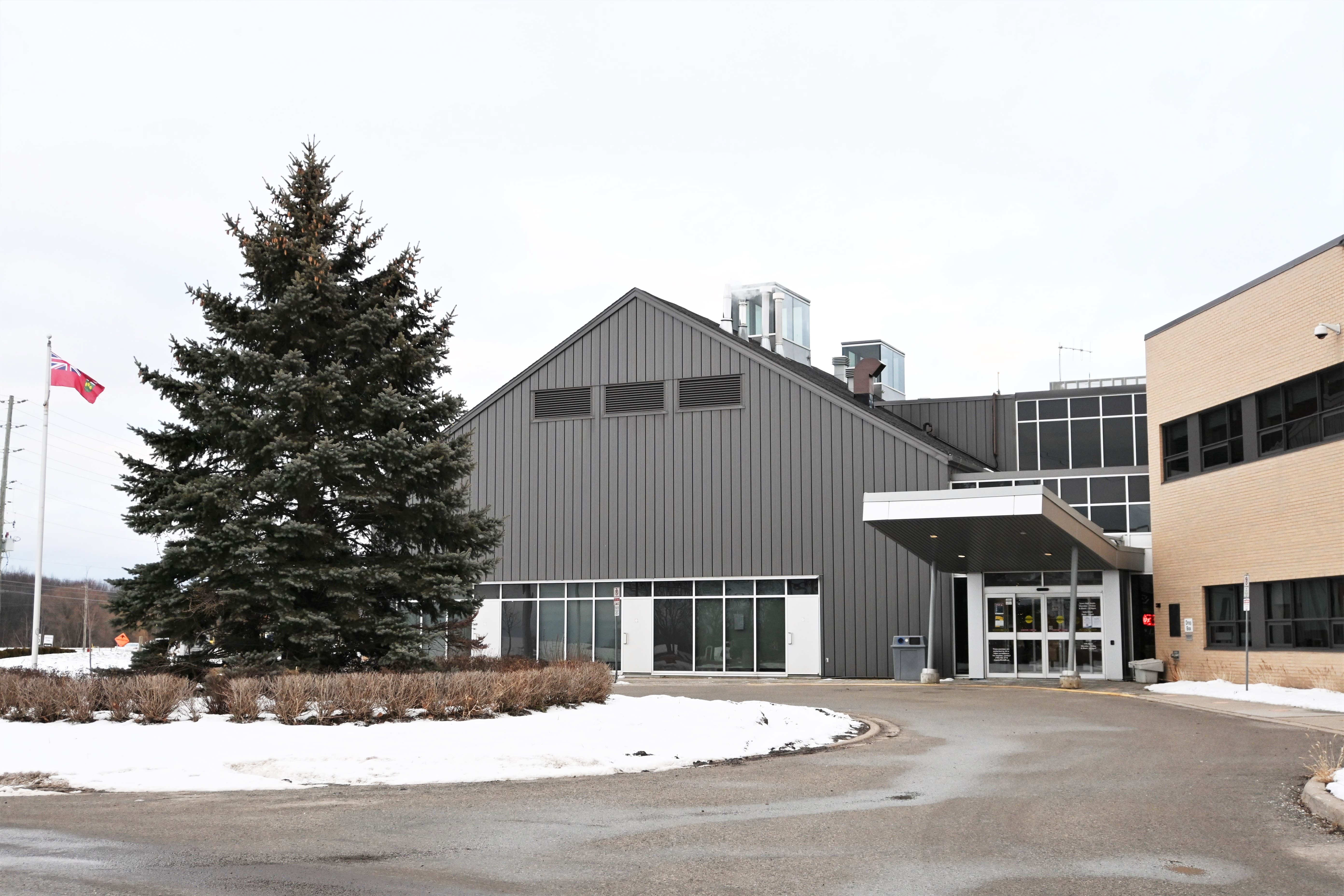After a Flood
If your home or property was damaged in a flood, the Town of Innisfil has collected a variety of tips and resources to help you respond and reduce the amount of damage.
Contact your insurance company
The first thing you should do after a flood is contact your insurance company. Make sure to report any damage caused by the flooding. Your insurance company will often advise you on how to proceed. In some instances, you may be eligible to make a flood claim through the Town.
Initial safety precautions
Flooding can affect your health and safety. Take the following precautions to prevent illness and avoid injury:
- If you evacuated your home, consult local media (TV/radio) or keep an eye on the Town's social media feeds to find out more information for a safe return
- InnServices will issue notices to the public if municipal drinking water is considered unsafe to drink
- Don't drive or walk through floodwaters
- Stay away from power lines that have fallen in the area
- Assume that everything touched by the floodwater is contaminated and needs to be property cleaned
- Keep children and pets away from flooded areas and contaminated items
Before you enter your house
When you decide to return to your home, we recommend that you have someone else with you, as well as a phone to call for help. Here are some tips to follow before you re-enter your house:
- Check for foundational or structural damage
- Make sure that all porch roofs and overhangs are supported
- If you're unsure about the safety of your home, do not go inside. Contact a qualified home inspector or structural engineer for advice.
- Don't attempt to reconnect the electricity, natural gas, telephone or television cable. Call your service provider for help
Cleaning up
Cleaning up after a flood can be time-consuming and, in some instances, dangerous. Review these tips for information on how to clean up safely.
Before cleaning |
|
Flood waters can contain sewage, chemicals and debris, such as broken glass. Be sure to wear clothing that covers your skin as well as personal protective equipment, such as:
If it is safe, you should turn off the electricity at the main breaker or fuse box. If it isn't safe, do not enter the space and contact your hydro company for help. Here are some additional tips:
|
Preventing further damage |
|
Follow these steps to prevent further damage to your home and belongings:
|
Surface cleaning |
|
Here are some tips to help with surface cleaning after a flood:
|
Food safety |
|
You should throw out the following food items if it comes in contact with flood water:
Commercially canned food without dents, leaks and bulges are considered safe if cleaned and disinfected. Make sure to clean and disinfect any dishes, utensils and food contact surfaces with non-toxic disinfectants that are safe for food contact surfaces. What do I do if we lose power for an extended period of time?If you have been without power, food in your fridge and freezer may be at risk. Follow these tips to reduce the risk of food-borne illness:
|
Mould |
|
Mould can grow on wet surfaces within 48 hours and any growth over time indicates a continuing moisture problem. If you notice mould growth anywhere in your home after the flood, it is important to remove the source of moisture and clean the affected area. Exposure to mould doesn't always have negative health effects, but some individuals may be more sensitive. Getting rid of mouldIf the area with mould is small (no more than 1 m²), you can clean the mould yourself. If the area is large (more than 1 m²), you should hire a professional to clean the mould. How to protect yourself while cleaning mouldHere are some tips to protect yourself and others while cleaning mould:
|
Discarding materials |
|
Visit the County of Simcoe for information about waste management and how to safely discard materials that have been in contact with flood water. |

